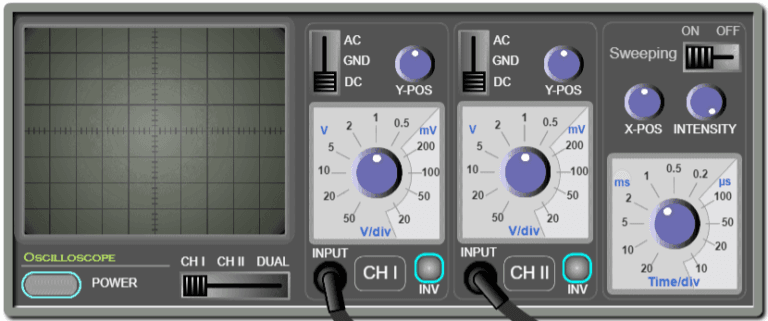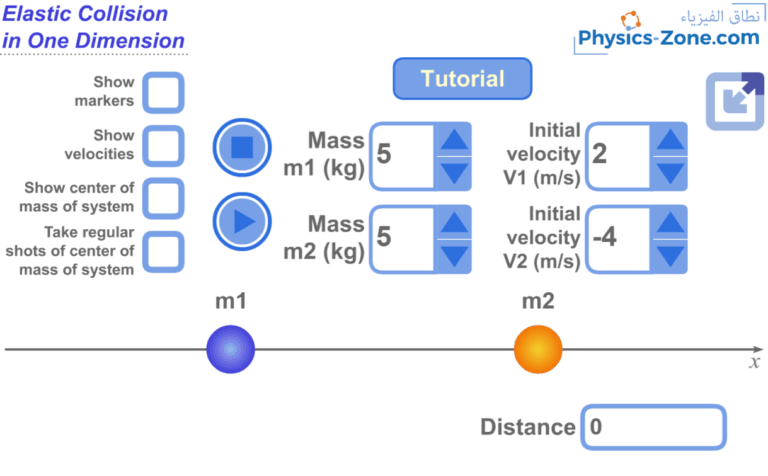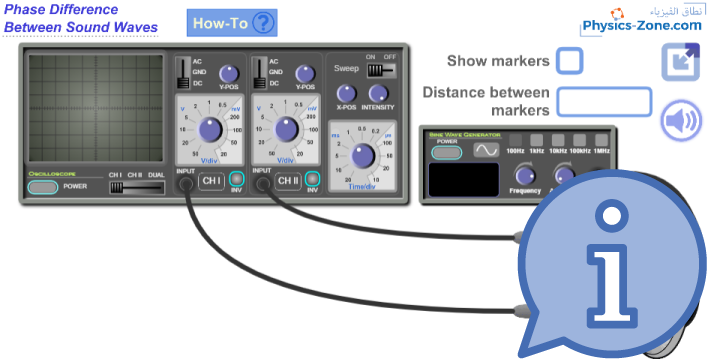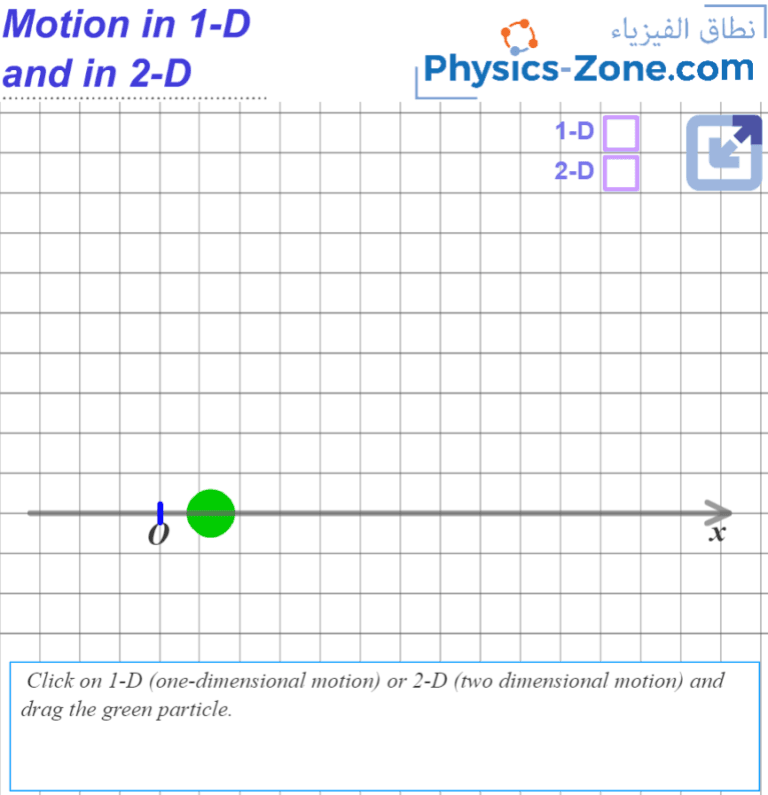Similar Posts

Simulation Manual: Charging by Induction
A complete manual for the charging by induction simulation, including a short introduction and a user guide.

Stroboscope Simulation
This simulation is of a rotating disk being illuminated by a stroboscope. You can control the speed of the disk and the frequency of the stroboscope, and see how the white spot on the disk appears. You can check all the cases of stationary appearance and the slow-motion appearance.

A New Publication Based on The Virtual Oscilloscope Simulation
The paper: Using a web-based and stand-alone oscilloscope for physics experiment during Covid-19 pandemic, Mahizah Ismail et al (2023), Phys. Educ. 58 015006, is based on the Virtual Oscilloscope simulation. This paper was authored by Mahizah Ismail, Farid Minawi, Wan Zul Adli Wan Mokhtar, Noraihan L Abdul Rashid and Ahmad K Ariffin.
The article DOI: https://iopscience.iop.org/article/10.1088/1361-6552/ac95eb

One-Dimensional Elastic Collision Simulation
Using this simulation, you can demonstrate the conservation laws in a one-dimensional elastic collision (The law of conservation of linear momentum and the law of conservation of kinetic energy).

Simulation Manual: Phase Difference Between Sound Waves
A complete manual for the phase difference between sound waves simulation, including a short introduction and a user guide.

One-Dimensional and Two-Dimensional Motion Simulation
This is a simple simulation that shows the difference between one-dimensional motion, that can be described by means of one axis, the x-axis, and the two-dimensional motion, that needs an additional axis, the y-axis to be described.

